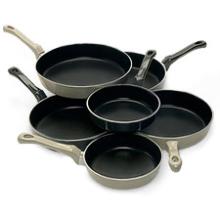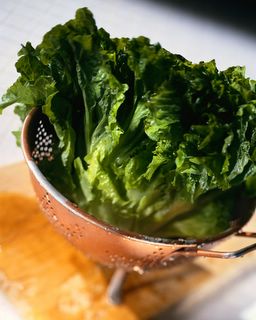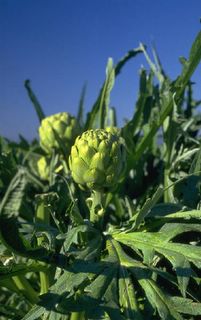
If you look at the ingredients of every skin-care product you currently own or almost all supposed "healthy" and expensive skin-care products sold in any store, you will find a combination of the following dangerous, chemical and synthetic ingredients. Please keep in mind that when you use ANYTHING on your skin or hair, ALL of the ingredients absorb into your body. Skin absorption is so potent that an increasing number of medicines are in patch form.
Applying creams and oils is NO DIFFERENT from eating them, because they enter the blood-stream regardless if they are ingested in the mouth or absorbed through the skin!
1) Methyl, Propyl, Butyl, and Ethyl Paraben- Some combination of these synthetic ingredients are in almost EVERY skin and hair product made today. Widely known to be highly toxic and cause allergic/skin reactions. Companies use this dangerous ingredient, because it is extremely cheap and extends the shelf life of the product by inhibiting microbial growth.
2) Propylene Glycol -This Petroleum by-product is a synthetic ingredient used as a humectant. Also used as an INDUSTRIAL ANTI-FREEZE to de-ice airplanes!!! This toxic ingredient causes many allergic reactions. Research data states that through skin contact it can cause "liver abnormalities and kidney damage."
3) DMDM Hydrantoin - A Petro-chemical used as an ANTI-FREEZE in cars.
4) Sodium Laurel Sulfate - This highly toxic synthetic substance (used for foaming abilities) causes urinary tract, bladder and kidney infections, genital disorders, eye irritations, skin rashes, hair loss, scalp scurf similar to dandruff, and allergic reactions.
5) Synthetic Colors - Labeled as FD&C or D&C, followed by a color number such as FD&C Red 6. These highly toxic substances are usually coal-tar based and have been linked as cancer causing agents.
6) Synthetic Fragrances - Most Products will simply say "Fragrance" which means any combination of the cheapest 200 synthetic, toxic ingredients the company can find. Causes headaches, dizziness, rashes, violent coughing, vomiting, skin irritations etc...
7) Triethanolamine (TEA)/Diethanolamine (DEA) - Used to adjust the pH balance, but toxic and causes eye problems, and dryness of skin and hair. DEA has been linked with kidney, liver and other organ damage according to several government-funded research. One study found that the topical application of DEA in rodents resulted in anemia, kidney degeneration, and nerve damage to the brain and spinal cord. (Melnick et al., 1994) Even more disturbing was that several animals died before the study ended. Approximately 200 million pounds of DEA are produced annually in the U.S., most of which goes into personal care products. (USITC, 1990).
8) Imidazolidinyl Urea and Diazolidinyl Urea - Used as a a preservative, but a primary cause of contact dermatitis. You might see these toxic chemicals under the names Germall II and Germall 115, which release formaldehyde at just over 10°.
9) Behentrimonium Chloride - Toxic ammonia compound. Ingestion can be fatal. Concentrations as low as0.1% can be irritating to the eyes and cause necrosis (tissue death) of mucus membranes.
10) Titanium, Zirconium, Benzalkonium, Bismuth, Antimony (*1), Barium (*2), Aluminum, Tin, Chromium, Benzene & PCBs. - According to Dr. Hulda Reghi Clark, all of these ingredients are extremely dangerous. *1 - Breast cancer cases show Titanium, Zirconium, Benzalkonium, Bismuth, Antimony, and Aluminum accumulation in the breast. *2 -Barium is described in the Merck Index as a "caution". ALL water or acid soluble Barium is POISONOUS! 10ed. P.139, 1983.
You must ask yourself if you wish to continue supporting companies who will do anything to you, animals, or the environment to make money. At least now you know what you are paying for...























 .
.






